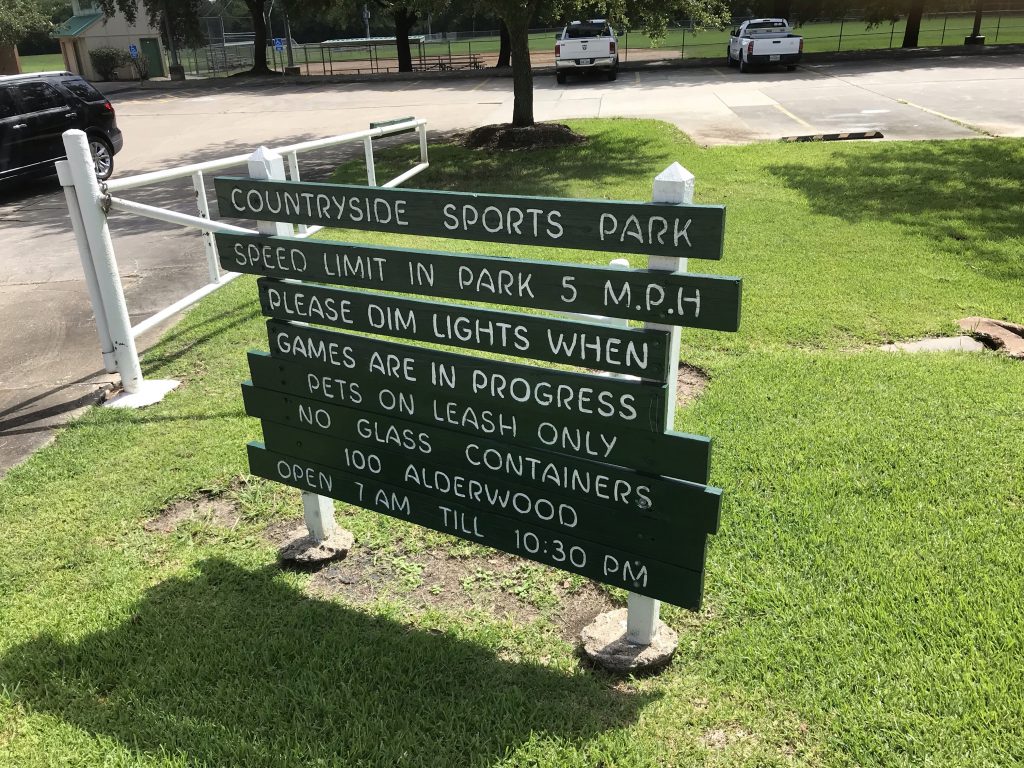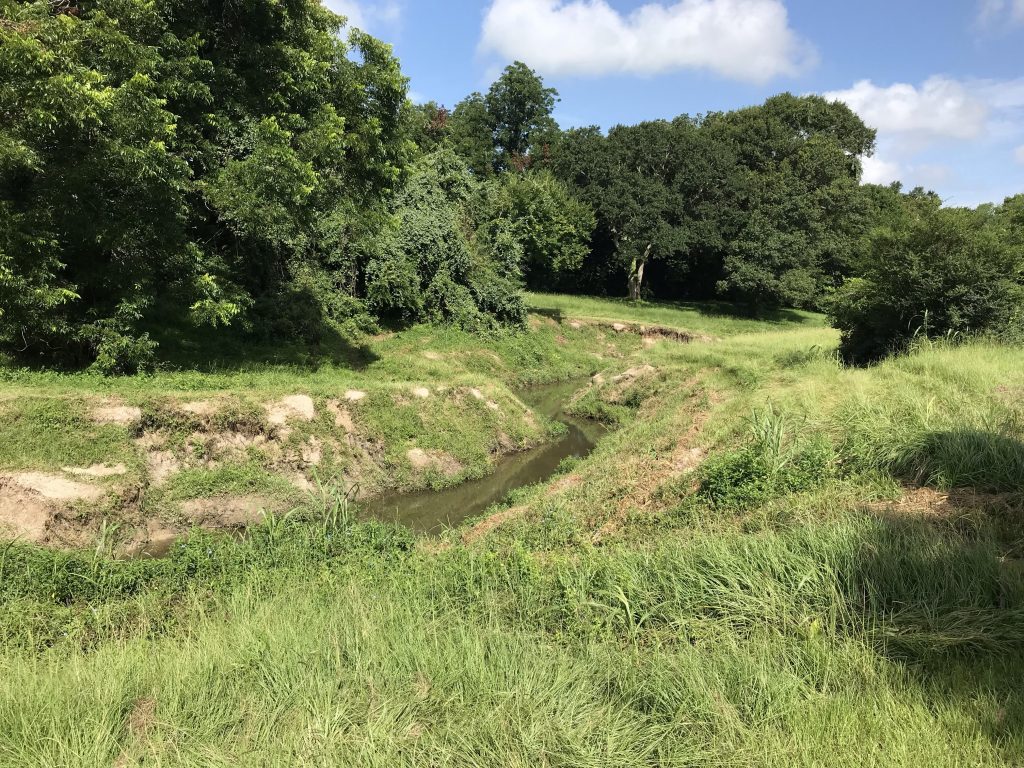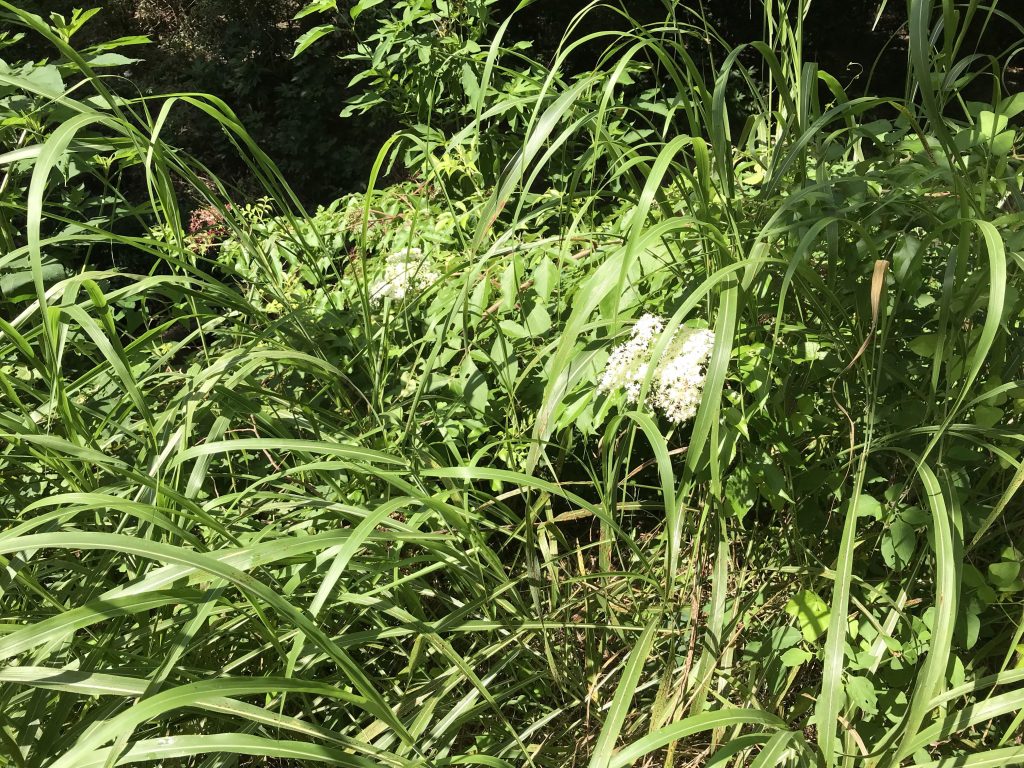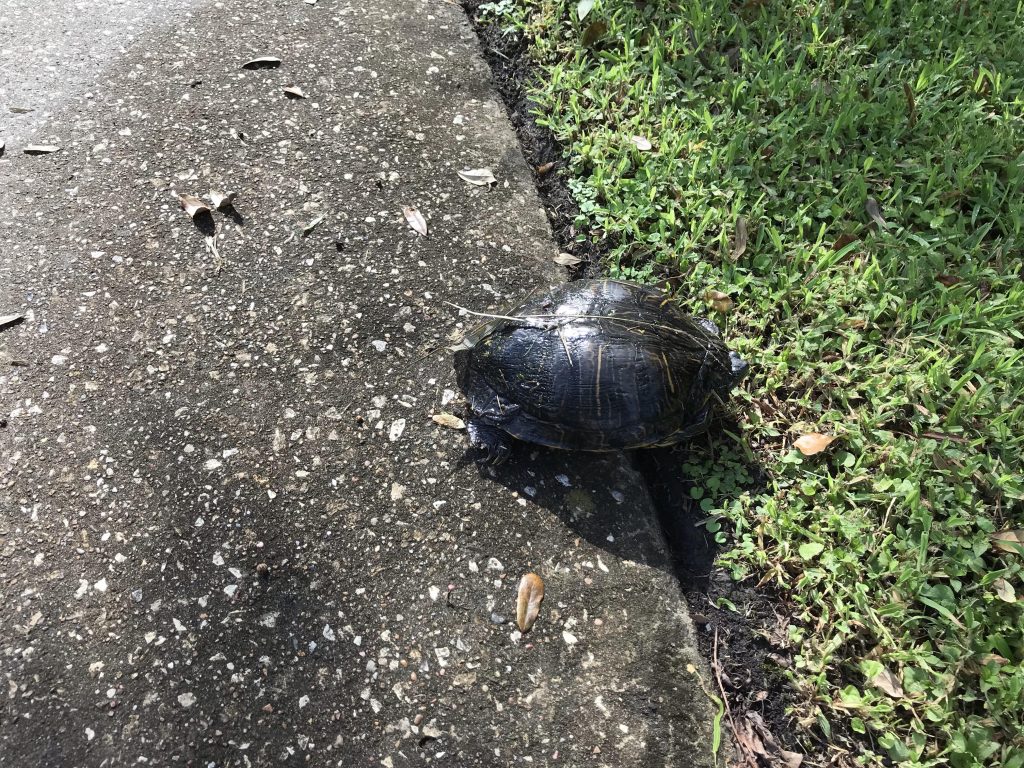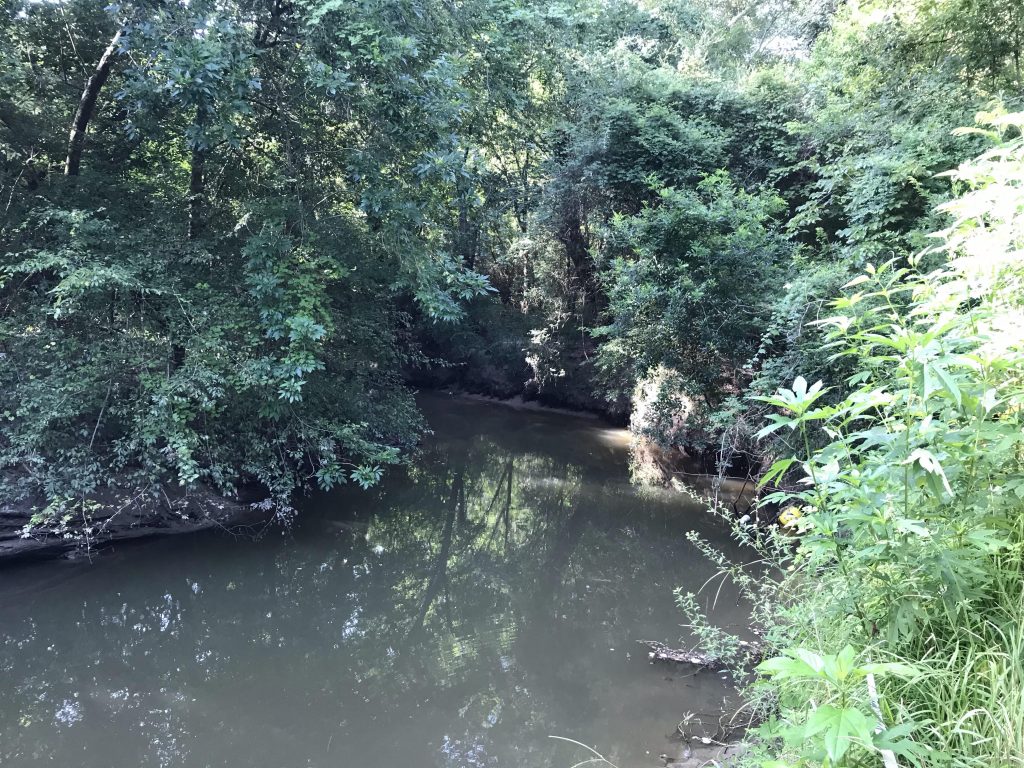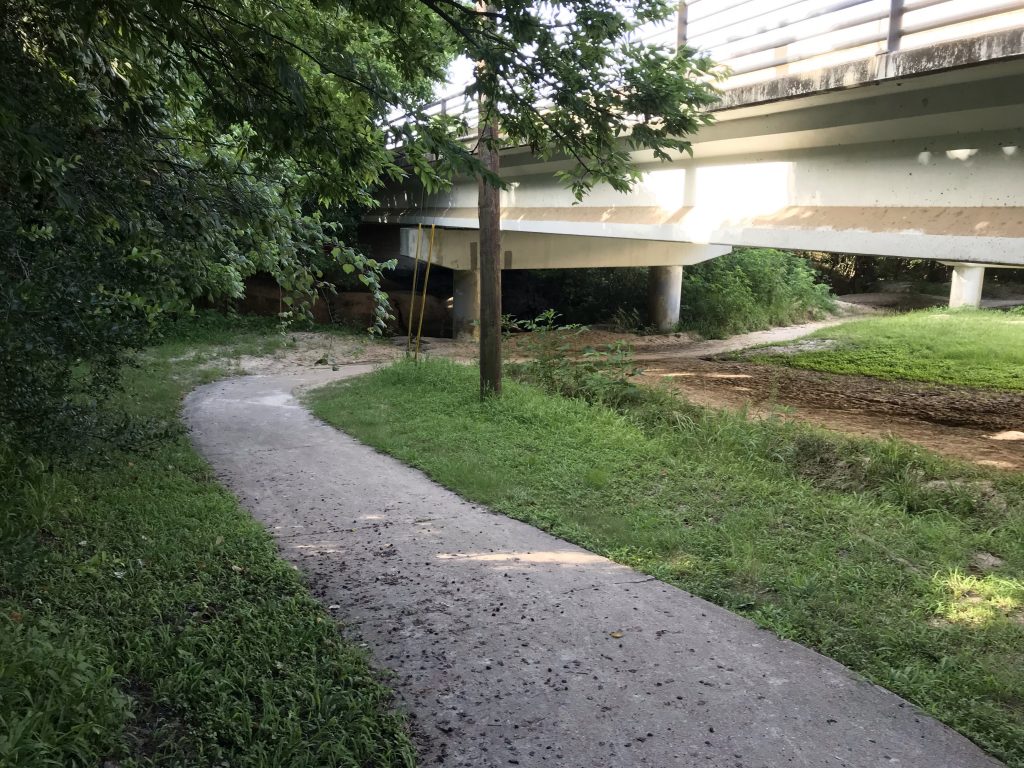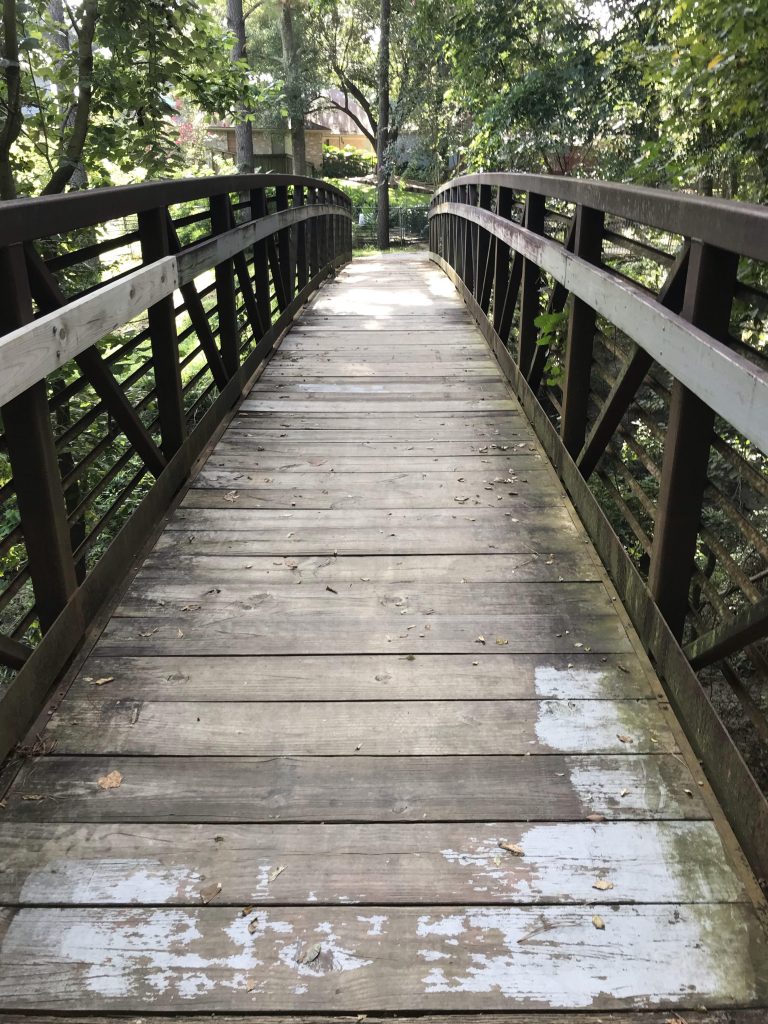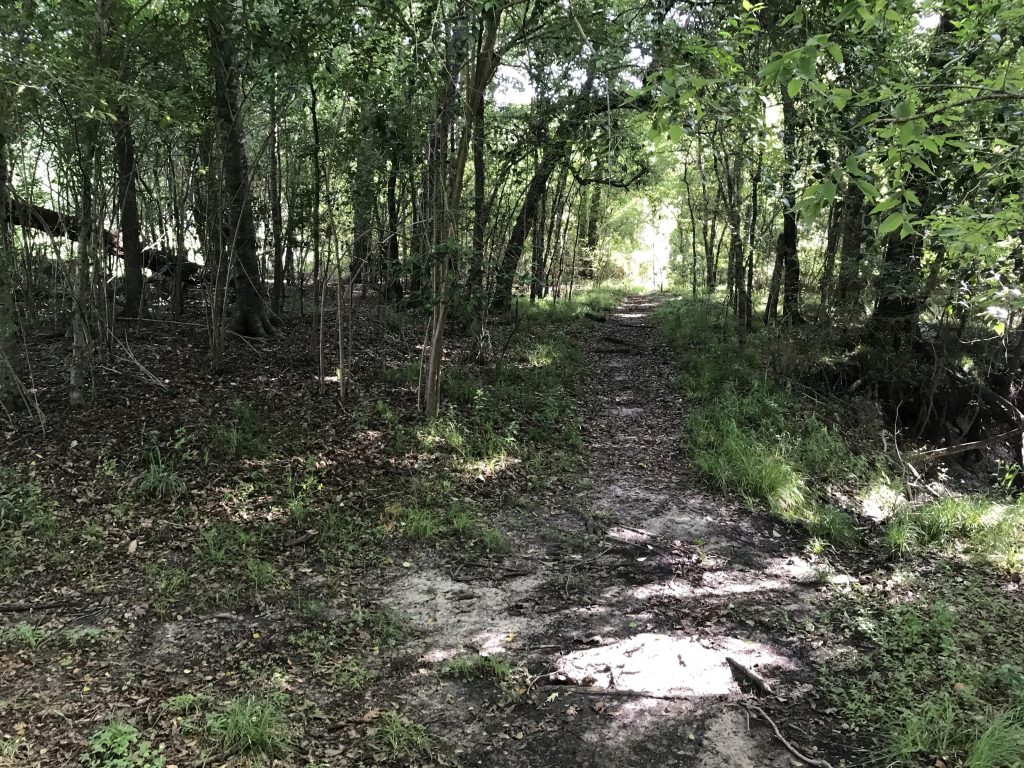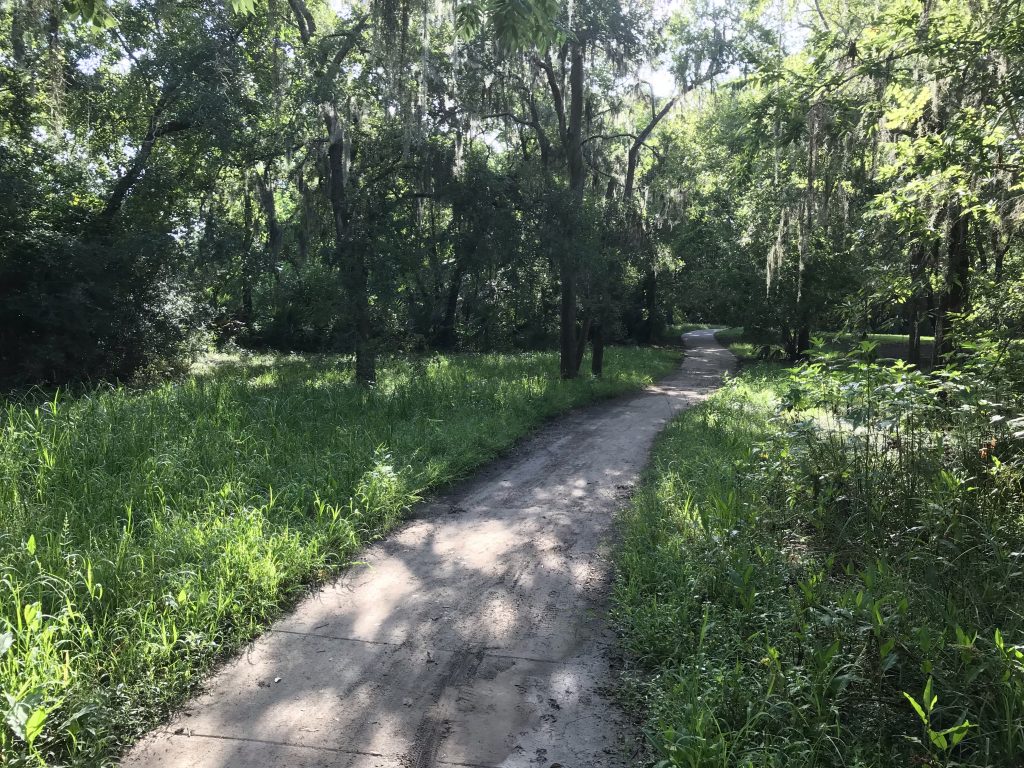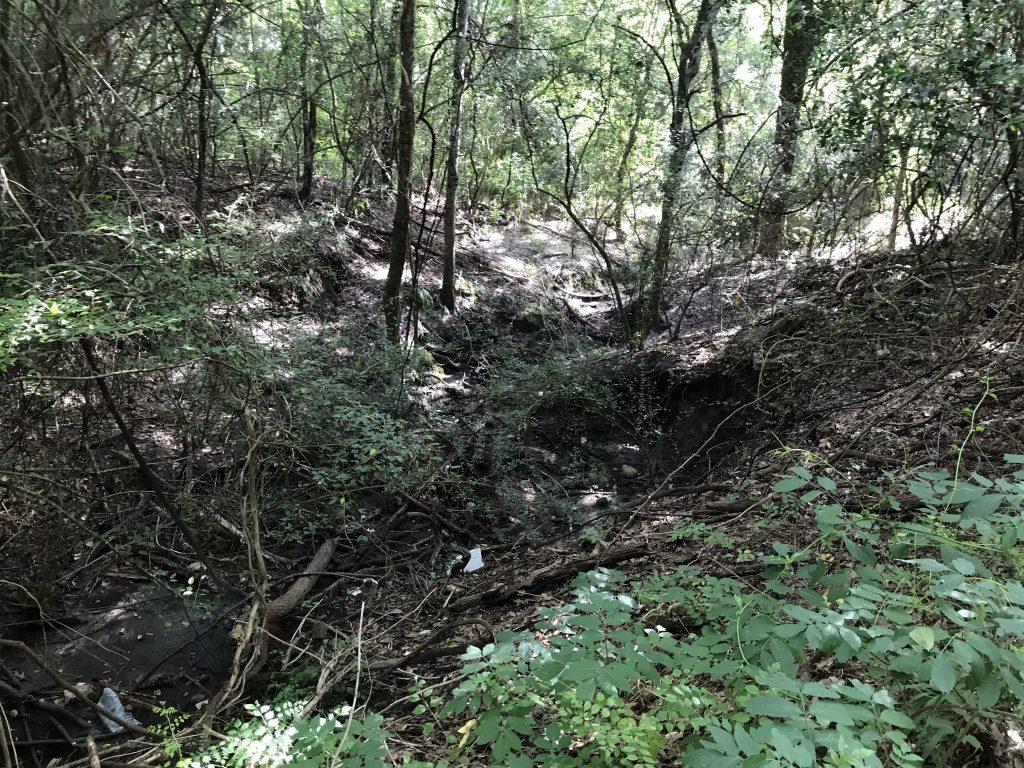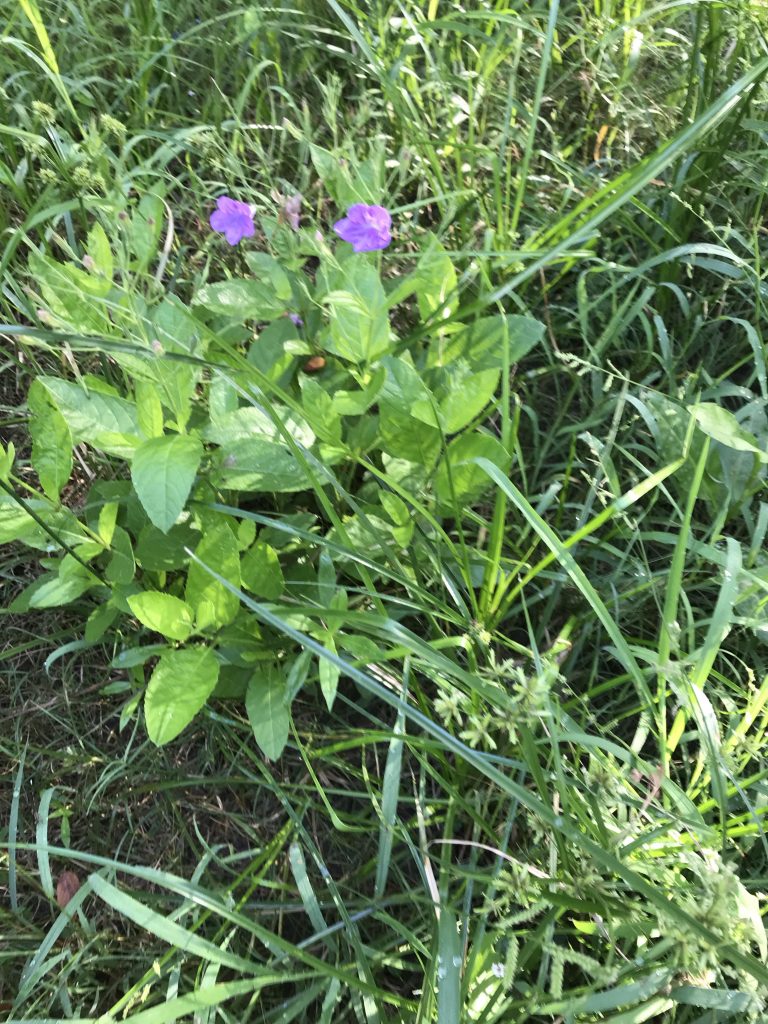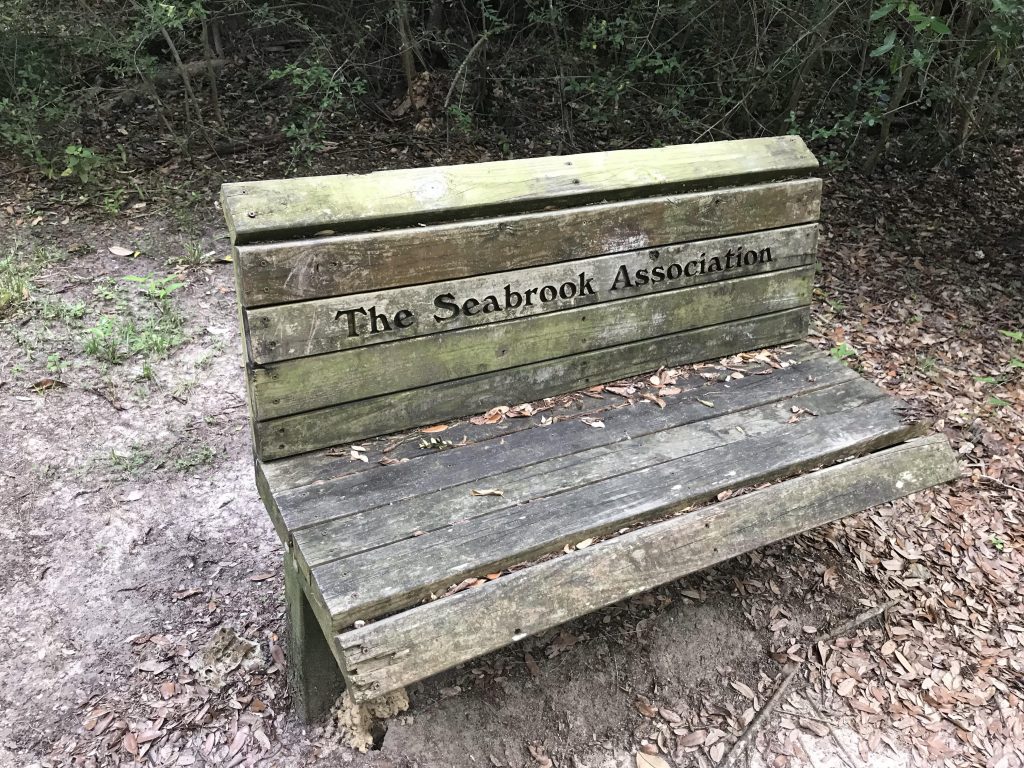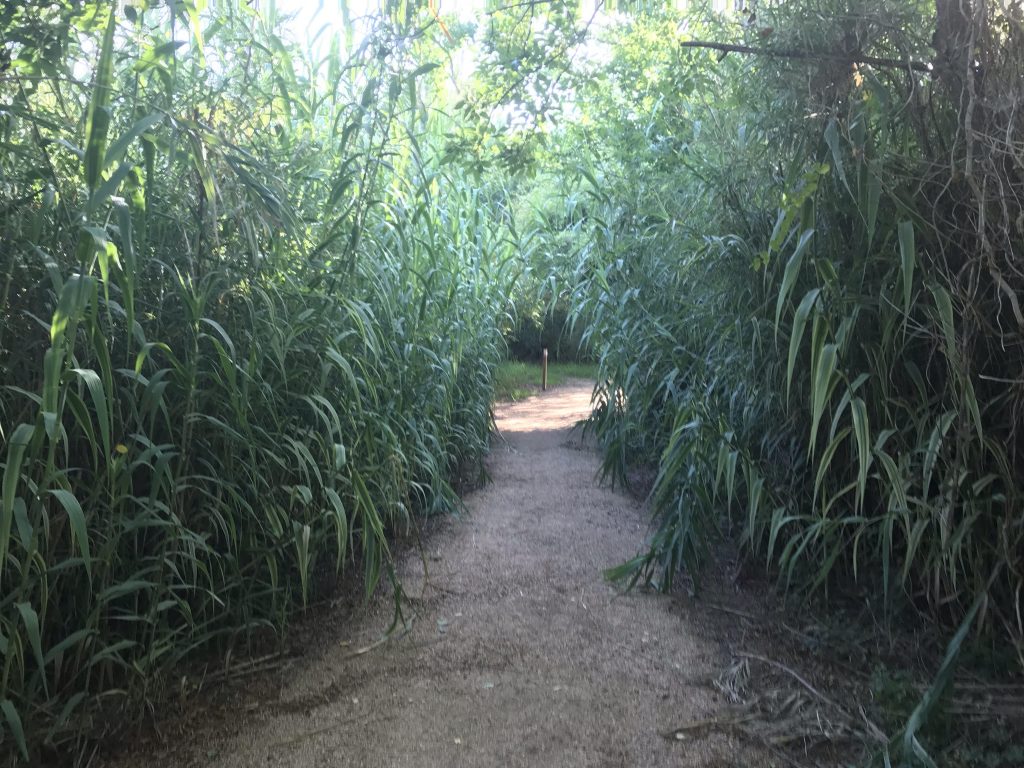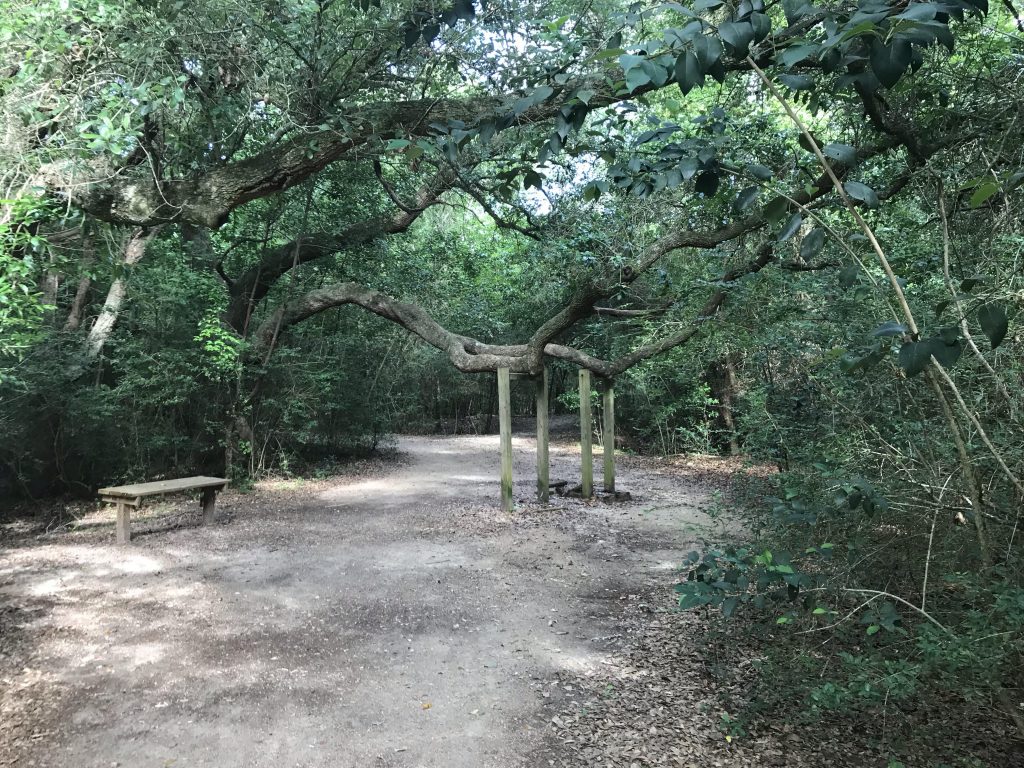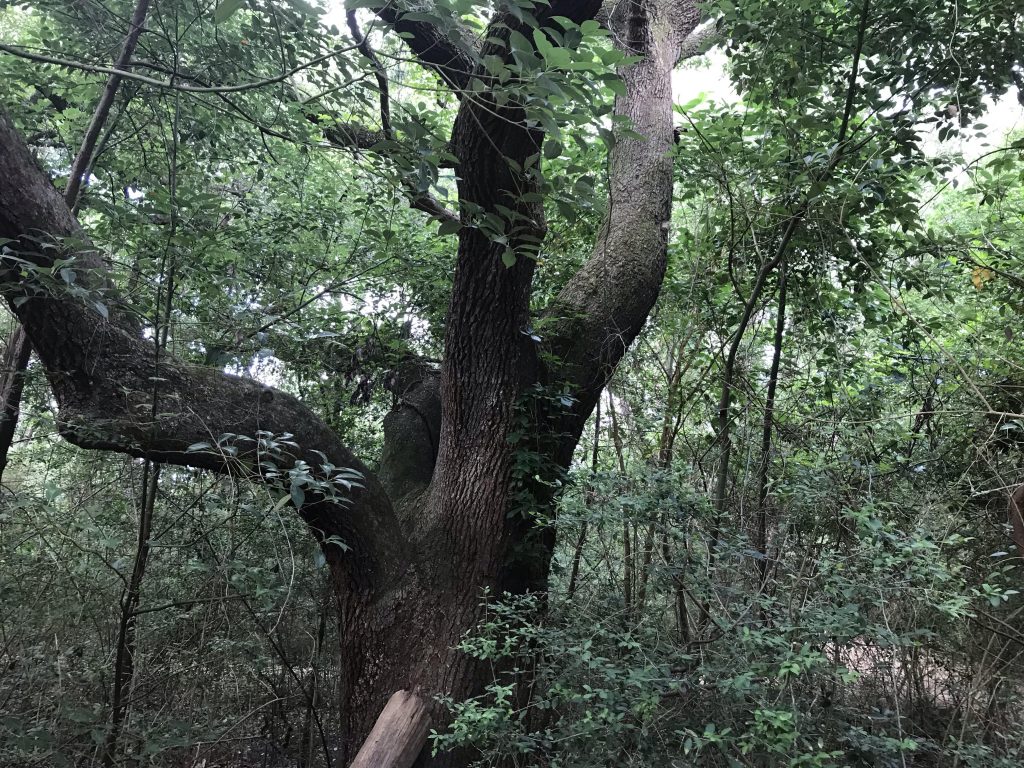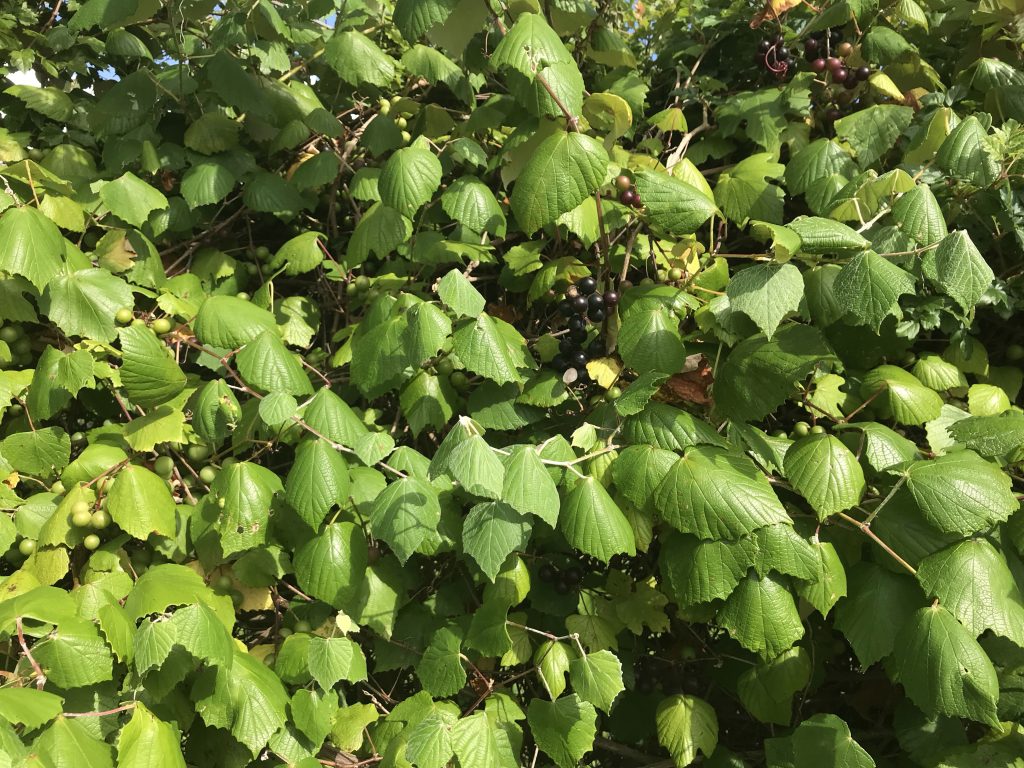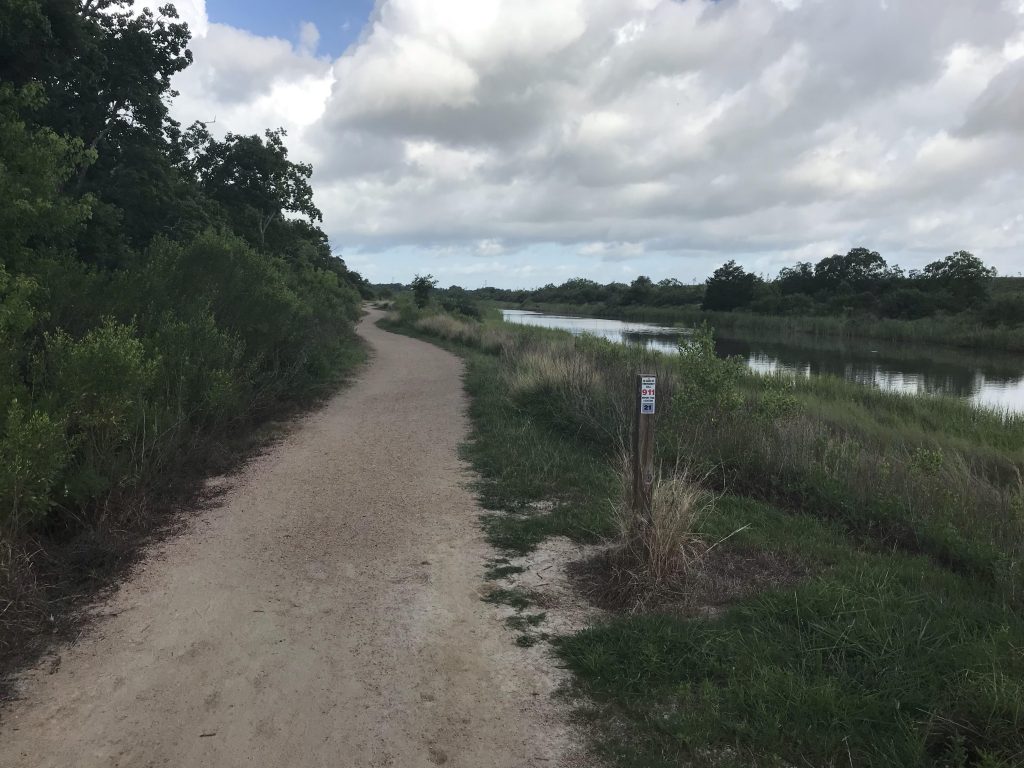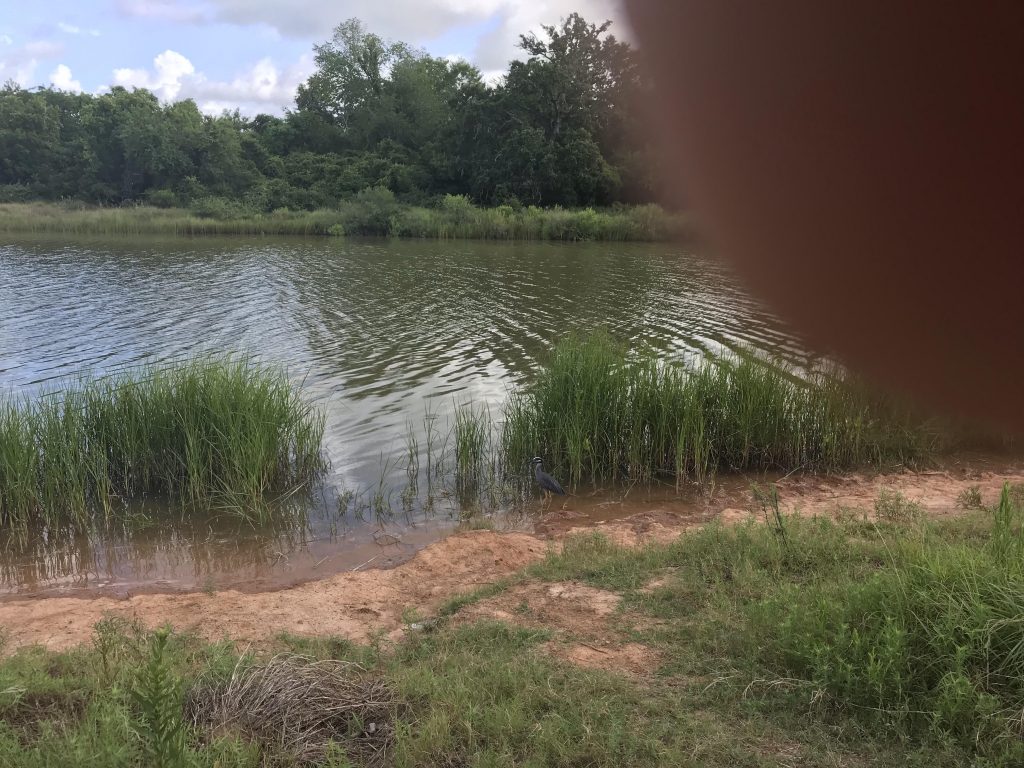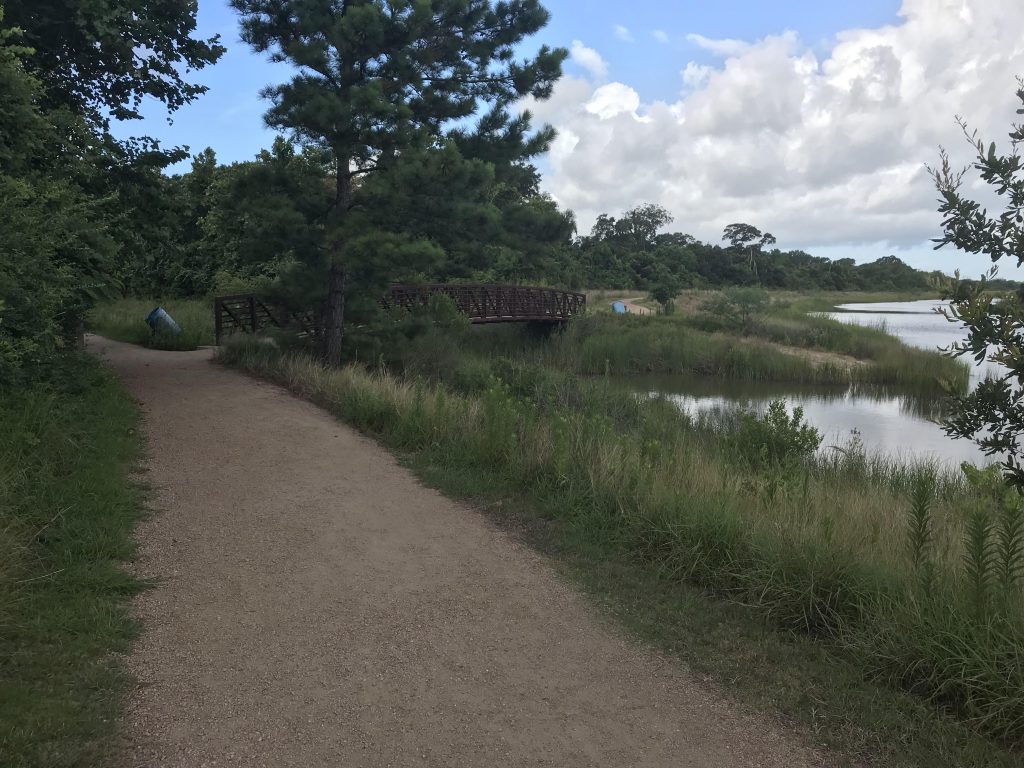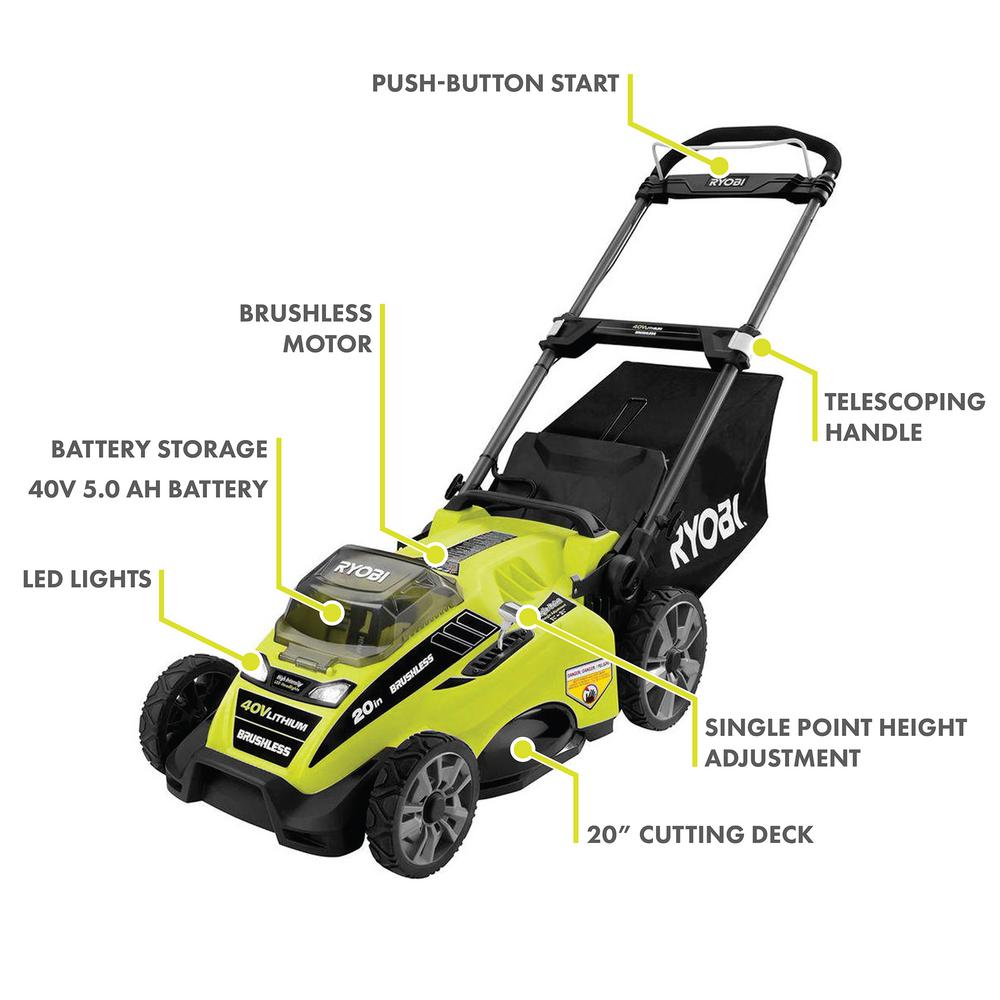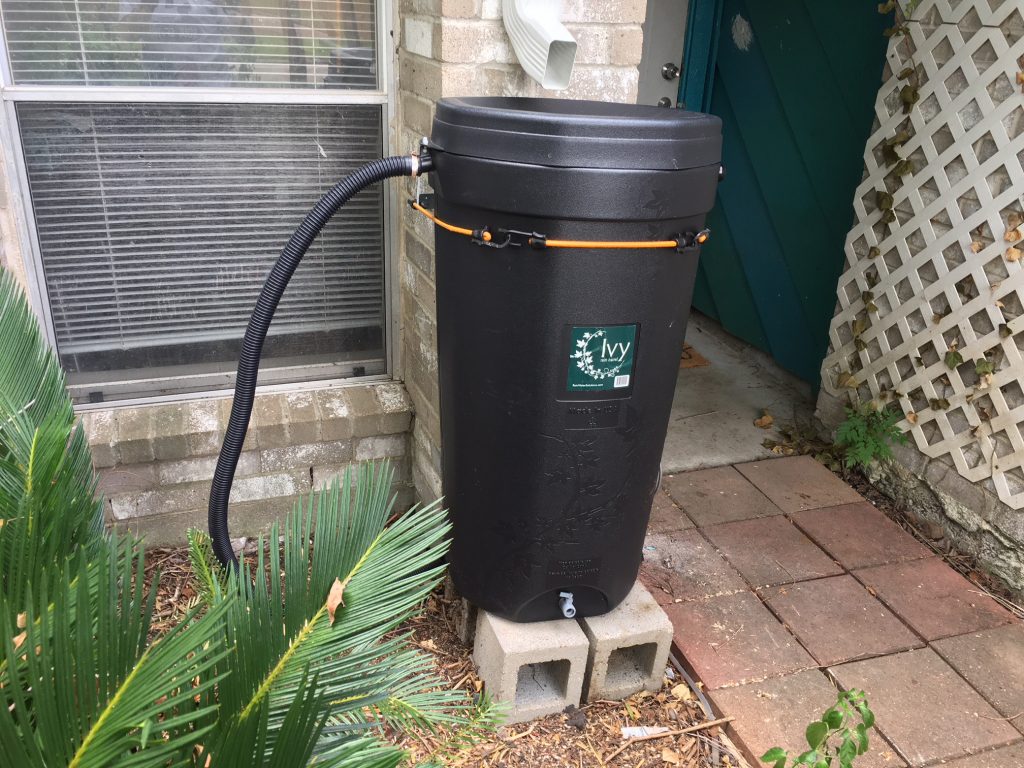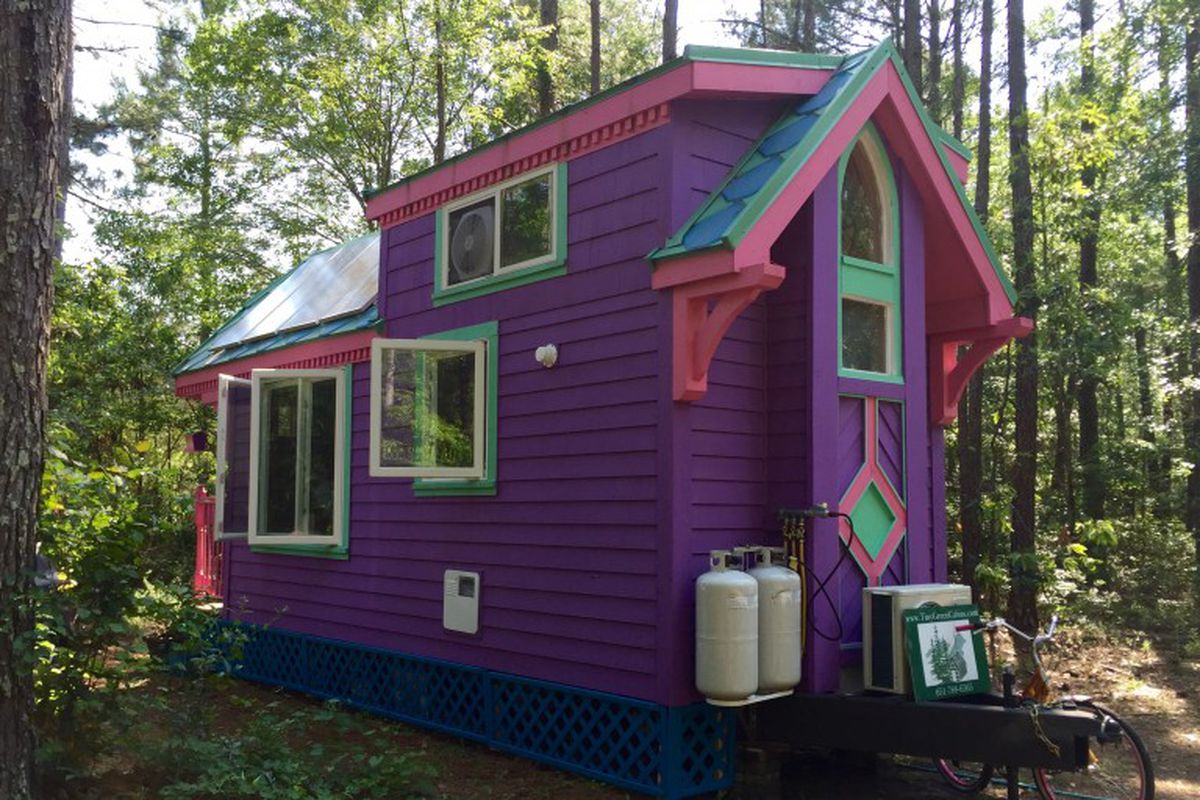|
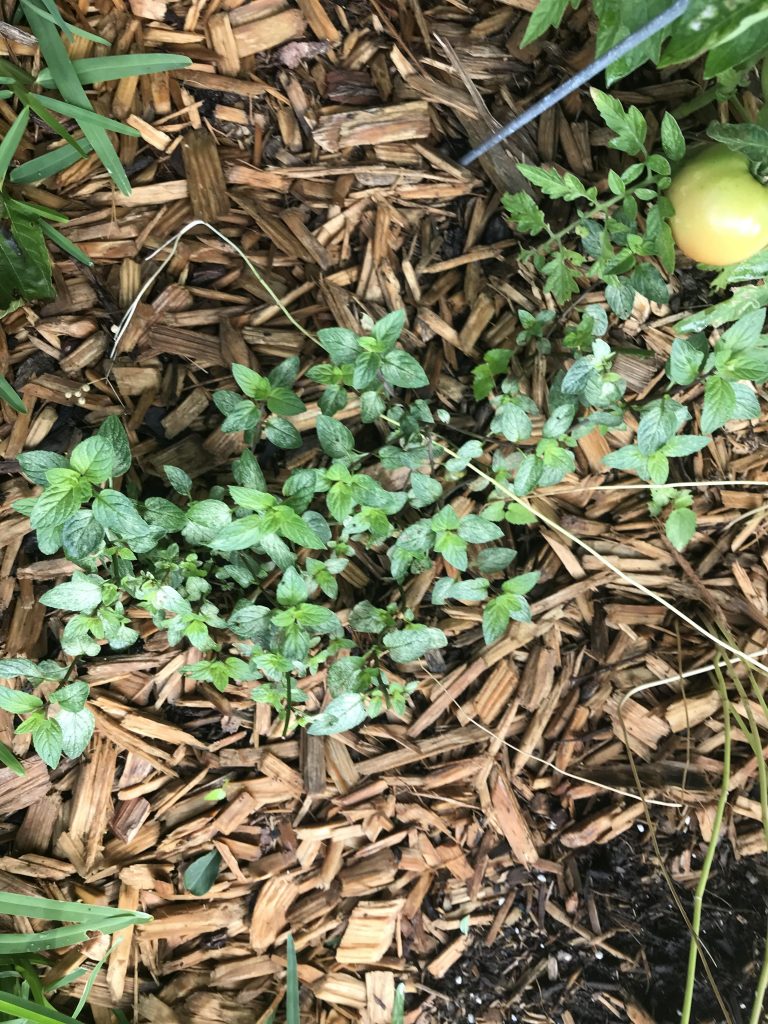
Mint is a perennial herb with very fragrant, toothed leaves and tiny purple, pink, or white flowers. It has a fruity, aromatic taste and offers many health benefits. There are many varieties so you have a wide range to select from. One thing is certain — mint, grown organically, is an herb garden and kitchen staple, much as basil is.
The Many Varieties of Mint
The number of mint flavors can be a bit overwhelming; I like to keep at least two of them growing. An odd thing is the way you can identify it other than the smell. If you look close, the stem is actually square. The oddities of nature, yes? Anyway, pick your favorites from this list:
- Chocolate. Yes, it really does look and taste like the real thing. My favorite additive to go into my dark-roast coffee grounds in the morning. None of those artificial chemical flavors for me.
- Apple/Pineapple.
- Spearmint. Was this your favorite chewing gum flavor as a kid?
- Pennyroyal.
- Citrus Mint. Just the thing for iced tea on a summer afternoon.
- Corsican. This is one of the strongest tasting of mints and it is also the smallest; growing tight-knit it makes a good ground cover in semi-shady areas. Unlike most mints it can be difficult to grow. It likes to be well-watered. It makes a good companion plant for things like chives and tomatoes.
- Peppermint. For adding a bit of candy flavor without all the sugar.
- Banana.
- Orange. Also good in tea and cold brew coffee.
Planting and Care of Mint
- First, consider that mint spreads rapidly. This means growing it in a container or enclosed within some kind of root barricade to rein in the horizontal runners and underground rhizomes.
- Mint likes light soil with good drainage; its native habitat is along stream banks.
- Most varieties prefer some shade; check the exact requirements of your favorite variety/s.
- It likes a thin layer of compost or organic fertilizer every few months.
- Keep the area covered with a layer of hardwood mulch to retain moisture. Do NOT use any colored mulch. Those color chemicals and dyes are not your friends, especially if you intend to consume the leaves.
- Other than watering, a light top-dressing with compost, some mulch, and occasional organic fertilizer, these are easy plants to grow.
- Prune them back regularly. the smaller, younger leaves are the most flavorful… but, where you let them flower, the butterflies will thank you!
Nutritional Benefits
- Aids in digestion.
- Eases dizziness and nausea.
- Helps with nasal congestion.
- Boosts dental health.
- Improves blood circulation.
- Boosts immunity. That’s not a bad thing during the CORVID-19 pandemic.
By now you can see why growing mint in your garden or containers is a good idea. It’s healthy, tasty, nutritious, and importantly to many of us, easy to grow.

Looking for more great content? Visit our partner sites:
I offer article and blog-writing services. Interested? Hire Me!
Did you find this article helpful? Thanks for supporting this free site with a small donation!
Visit Kelly’s profile on Pinterest.
About the Author:
 Kelly R. Smith is an Air Force veteran and was a commercial carpenter for 20 years before returning to night school at the University of Houston where he earned a Bachelor’s Degree in Computer Science. After working at NASA for a few years, he went on to develop software for the transportation, financial, and energy-trading industries. He has been writing, in one capacity or another, since he could hold a pencil. As a freelance writer now, he specializes in producing articles and blog content for a variety of clients. His personal blog is at I Can Fix Up My Home Blog where he muses on many different topics.
Kelly R. Smith is an Air Force veteran and was a commercial carpenter for 20 years before returning to night school at the University of Houston where he earned a Bachelor’s Degree in Computer Science. After working at NASA for a few years, he went on to develop software for the transportation, financial, and energy-trading industries. He has been writing, in one capacity or another, since he could hold a pencil. As a freelance writer now, he specializes in producing articles and blog content for a variety of clients. His personal blog is at I Can Fix Up My Home Blog where he muses on many different topics.



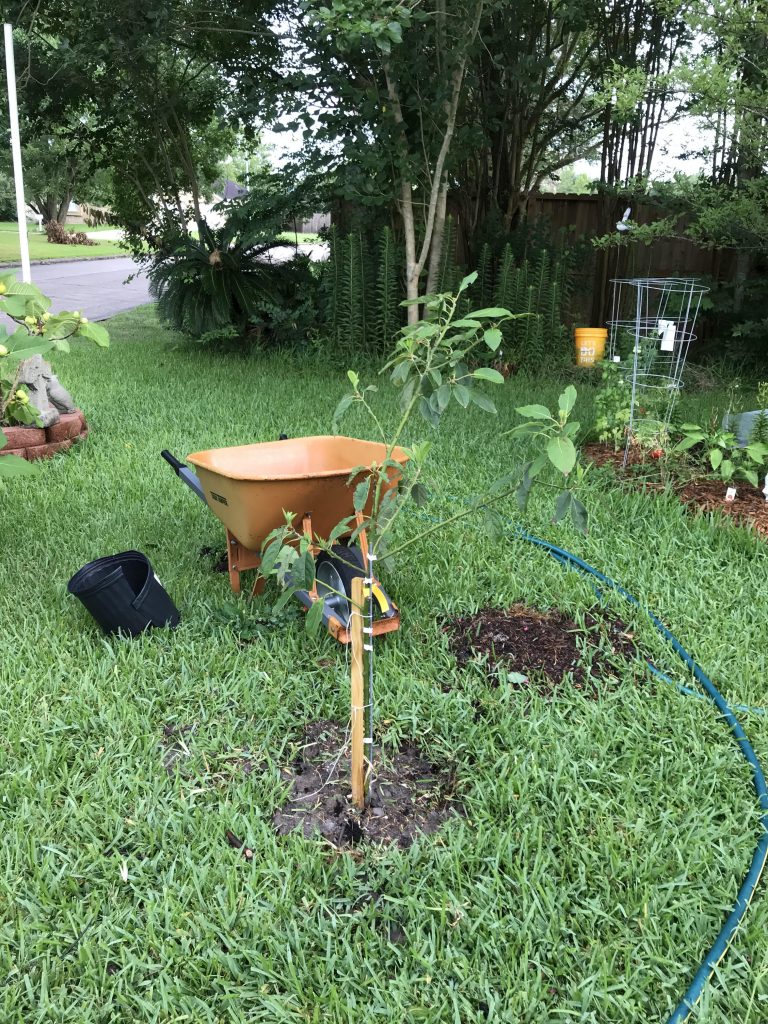
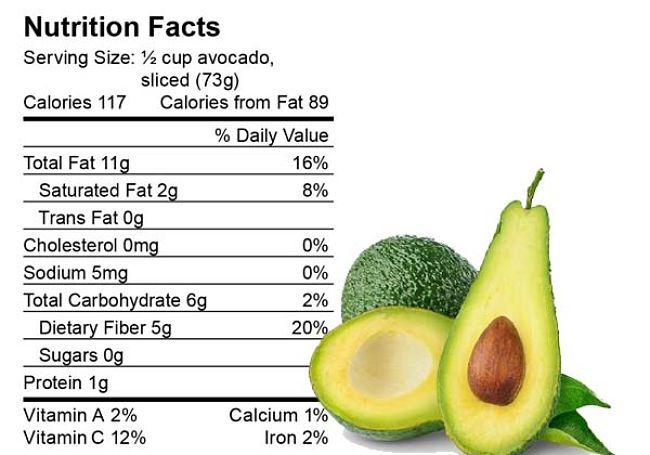
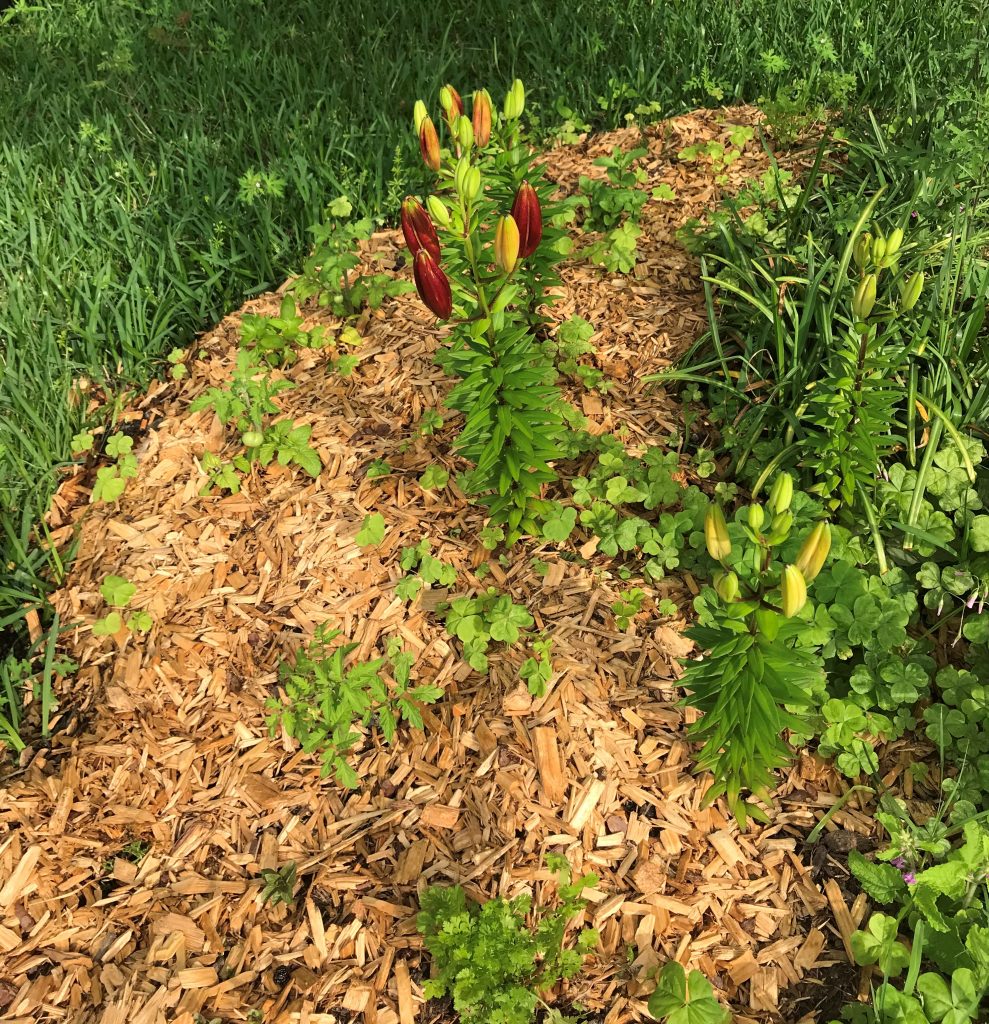


 Kelly R. Smith is an Air Force veteran and was a commercial carpenter for 20 years before returning to night school at the University of Houston where he earned a Bachelor’s Degree in Computer Science. After working at NASA for a few years, he went on to develop software for the transportation, financial, and energy-trading industries. He has been writing, in one capacity or another, since he could hold a pencil. As a freelance writer now, he specializes in producing articles and blog content for a variety of clients. His personal blog is at
Kelly R. Smith is an Air Force veteran and was a commercial carpenter for 20 years before returning to night school at the University of Houston where he earned a Bachelor’s Degree in Computer Science. After working at NASA for a few years, he went on to develop software for the transportation, financial, and energy-trading industries. He has been writing, in one capacity or another, since he could hold a pencil. As a freelance writer now, he specializes in producing articles and blog content for a variety of clients. His personal blog is at 


